Home>diy>Building & Construction>When Was Asbestos Banned In Construction Materials


Building & Construction
When Was Asbestos Banned In Construction Materials
Modified: December 7, 2023
Discover when asbestos was banned in construction materials and the implications for building-construction today.
(Many of the links in this article redirect to a specific reviewed product. Your purchase of these products through affiliate links helps to generate commission for Storables.com, at no extra cost. Learn more)
Introduction
Welcome to our comprehensive guide on asbestos and its ban in construction materials. Asbestos, a naturally occurring fibrous mineral, was once widely used in the construction industry due to its desirable properties such as heat resistance, durability, and insulating capabilities. However, research has shown that prolonged exposure to asbestos can lead to serious health risks, including lung diseases and various forms of cancer.
In this article, we will delve into the history of asbestos use in construction materials, the health risks associated with exposure, the development of regulations and standards, the ban in the United States, international asbestos bans, and current regulations and safe handling practices.
Understanding the impact of asbestos in construction materials is essential for everyone involved in the building industry, including contractors, construction workers, homeowners, and building occupants. By raising awareness about the dangers of asbestos and promoting safe practices, we can mitigate the risks and create a healthier environment for all.
Key Takeaways:
- Asbestos, once widely used in construction, poses serious health risks. Understanding its historical use, health effects, and current regulations is crucial for creating a safer environment in the building industry.
- While some countries have implemented bans, asbestos remains a concern. Adhering to safe handling practices, proper training, and ongoing monitoring is essential to protect workers and building occupants.
Read more: When Did Construction Stop Using Asbestos
Definition of Asbestos
Asbestos is a collective term for a group of minerals composed of microscopic fibers. These fibers are heat-resistant, flexible, and possess excellent insulating properties. Due to these qualities, asbestos was widely used in the construction industry for many decades.
The two main types of asbestos are chrysotile, also known as white asbestos, and amphibole asbestos, which includes various subtypes such as crocidolite (blue asbestos), amosite (brown asbestos), and tremolite. Chrysotile is the most common form of asbestos and was primarily used in the United States.
Asbestos can be found in various construction materials, including insulation, roofing materials, flooring, cement products, pipes, and coatings. It was particularly popular in the mid-20th century as a fireproofing material due to its resistance to high temperatures.
It is important to note that asbestos fibers are hazardous when they are released into the air and inhaled or ingested. When these microscopic fibers become airborne, they can easily enter the respiratory system, causing long-term health issues.
Although asbestos was widely used in the past, it is crucial to understand the risks associated with exposure and take appropriate measures to prevent its release and ensure the safety of workers and occupants in buildings.
Historical Use of Asbestos in Construction Materials
The use of asbestos in construction materials dates back thousands of years. Ancient civilizations, such as the Greeks and Romans, utilized asbestos for its fire-resistant properties, incorporating it into various building materials and textiles.
During the Industrial Revolution, the use of asbestos in construction materials became more widespread. Its affordability, availability, and desirable properties made it an attractive choice for builders. Asbestos was commonly used in insulation, roofing materials, fireproofing, and cement products.
In the early to mid-20th century, asbestos use peaked as the construction industry embraced its numerous benefits. Asbestos-containing materials (ACMs) were widely used in residential, commercial, and industrial buildings. Asbestos was prevalent in insulation, HVAC systems, flooring, ceiling tiles, and shingles.
The popularity of asbestos in the construction industry was largely due to its ability to resist heat, chemicals, and electrical damage. It was considered a versatile and cost-effective material that could enhance the safety and durability of buildings.
However, the detrimental health effects of asbestos exposure started to emerge in the mid-20th century. Medical studies revealed a strong association between asbestos exposure and serious respiratory diseases, including asbestosis and mesothelioma.
As the risks became more evident, the use of asbestos in construction materials began to decline. Regulations and safety guidelines were developed to protect workers and the general public from asbestos-related health hazards.
Today, the historical use of asbestos in construction materials serves as a reminder of the importance of proper handling and removal of ACMs. It is essential to identify and manage any existing asbestos-containing materials in older buildings to prevent the release of fibers and minimize the risk of exposure.
Health Risks Associated with Asbestos Exposure
Exposure to asbestos fibers can pose significant health risks and cause various diseases, including lung cancer, mesothelioma, and asbestosis. The health effects of asbestos exposure are typically not immediate and can take years or even decades to manifest.
Lung Cancer: Prolonged inhalation of asbestos fibers can increase the risk of developing lung cancer. This is especially true for individuals who smoke or have a history of smoking. The combination of smoking and asbestos exposure can dramatically increase the likelihood of developing lung cancer.
Mesothelioma: Mesothelioma is an aggressive and rare cancer that primarily affects the lining of the lungs, abdomen, or heart. It is directly linked to asbestos exposure, with the majority of cases resulting from occupational exposure in industries such as construction, mining, and manufacturing. The latency period between asbestos exposure and the development of mesothelioma can be 20 to 50 years.
Asbestosis: Asbestosis is a chronic lung disease characterized by inflammation and scarring of lung tissue. It occurs after significant exposure to asbestos fibers over an extended period. Symptoms include shortness of breath, coughing, and chest pain. Unlike lung cancer and mesothelioma, asbestosis is not exclusive to asbestos exposure and can be caused by other factors, such as certain minerals and dust particles.
Other Cancers: Aside from lung cancer and mesothelioma, asbestos exposure has also been linked to an increased risk of other cancers, including ovarian, laryngeal, and gastrointestinal cancers.
It is important to note that everyone who is exposed to asbestos fibers is at risk, regardless of the duration or intensity of exposure. Even a single exposure incident can potentially have long-term health consequences.
To mitigate the risks, it is essential to follow proper safety precautions when working with or around asbestos-containing materials. This includes using personal protective equipment, implementing adequate ventilation and dust control measures, and adhering to government regulations and guidelines for handling and disposing of asbestos.
While the use of asbestos in construction materials has significantly decreased, it is crucial to be aware of the potential presence of asbestos in older buildings. Proper testing, monitoring, and maintenance can help identify and manage asbestos-containing materials, ensuring the safety of occupants and workers.
Development of Regulations and Standards
The recognition of the health risks associated with asbestos exposure led to the development of regulations and standards aimed at protecting workers and the general public. These measures were implemented to minimize or eliminate the use of asbestos in construction materials and ensure safe handling practices.
In the United States, the Environmental Protection Agency (EPA) and the Occupational Safety and Health Administration (OSHA) have played key roles in establishing regulations and standards for asbestos. The EPA regulates the use, removal, and disposal of asbestos in buildings, while OSHA sets guidelines for worker protection.
The regulating bodies have established permissible exposure limits (PELs) to limit the levels of asbestos fibers in the air. These limits are designed to protect workers who may come into contact with asbestos-containing materials during construction, renovation, or demolition activities.
Furthermore, both the EPA and OSHA require employers to provide proper training and personal protective equipment (PPE) to workers who may be exposed to asbestos. This includes respiratory protection and specialized clothing to prevent the inhalation or ingestion of asbestos fibers.
Asbestos management plans have also been implemented to ensure the safe handling and removal of asbestos-containing materials in buildings. These plans outline proper procedures for assessment, containment, removal, and disposal of ACMs, with an emphasis on protecting workers and minimizing the risk of airborne asbestos fibers.
Internationally, various countries have enacted their own asbestos regulations and standards. For example, in the United Kingdom, the Control of Asbestos Regulations 2012 sets out guidelines for the management of asbestos in workplaces. Other countries, such as Australia, have developed national codes of practice and guidelines for handling asbestos.
The development of regulations and standards has significantly reduced the use of asbestos in construction materials and increased awareness of the associated health risks. However, it remains crucial for both industry professionals and the public to stay informed and adhere to these regulations to prevent asbestos-related diseases and ensure the safety of all those involved in the building industry.
Asbestos was banned in construction materials in the United States in 1989. However, it is important to note that some products may still contain asbestos, so it’s crucial to be aware and take necessary precautions when working with older buildings or materials.
Read more: Why Is Asbestos Used In Construction
The U.S. Asbestos Ban and Phase-Out
While asbestos is not entirely banned in the United States, there have been significant restrictions and regulations imposed on its use. The Environmental Protection Agency (EPA) has taken steps to minimize asbestos exposure and protect public health.
In 1971, the EPA established the Clean Air Act, which classified asbestos as a hazardous air pollutant. This allowed the EPA to develop regulations to control and reduce asbestos emissions. Subsequent regulations were implemented to address specific uses of asbestos in different industries.
In 1989, the EPA issued the Asbestos Ban and Phase-Out Rule, aimed at completely banning the use of asbestos in several products and significantly restricting its use in others. The rule prohibited the manufacturing, importation, processing, and distribution of asbestos-containing products.
However, in 1991, this ban was overturned by a federal court ruling, which limited the ban to specific products. As a result, certain asbestos-containing products continue to be imported and used in the United States, albeit with strict regulations and limitations.
Today, the EPA regulates and controls the use of asbestos through various regulations and standards. For example, the Asbestos National Emission Standards for Hazardous Air Pollutants (NESHAP) regulates asbestos emissions during demolition and renovation activities to prevent the release of fibers into the air.
Additionally, the Toxic Substances Control Act (TSCA) allows the EPA to evaluate and regulate chemicals, including asbestos, to protect public health and the environment. In 2019, the EPA finalized a significant new use rule (SNUR) that further restricts the use of asbestos in the United States.
Despite the restrictions and regulations, the asbestos industry continues to import and use asbestos in certain products, under specific circumstances and limitations. Asbestos is still legally used in items such as vehicle brakes, gaskets, and roofing materials, as long as they meet specific requirements and do not pose unreasonable risks to human health.
It is important for contractors, workers, and the general public to remain vigilant and adhere to the regulations and guidelines set by the EPA to minimize the risk of asbestos exposure. Proper handling, containment, and safe removal practices are essential when working with asbestos-containing materials and during building renovations or demolitions.
International Asbestos Bans
While asbestos use has been significantly restricted in many countries, several nations have implemented complete bans on the import, manufacture, and use of asbestos. These bans aim to protect the health and safety of the population by eliminating the risks associated with asbestos exposure.
One of the early adopters of an asbestos ban was Sweden, which implemented a ban on the use of all forms of asbestos in 1982. This was followed by other European countries such as Germany, Norway, and Denmark, who also implemented bans in the 1980s and 1990s.
In the early 2000s, countries such as Australia, Japan, and the United Kingdom introduced bans on the use of asbestos. Australia banned all forms of asbestos in 2003, while Japan and the UK implemented their bans in 2006 and 1999, respectively.
Canada, which was once a major producer of asbestos, banned the use of all asbestos-containing products in 2018. This ban came after years of heated debate and controversy surrounding the health risks associated with asbestos exposure.
Other countries that have implemented bans on asbestos include New Zealand, Chile, Iceland, and Finland. These bans serve as significant steps towards eliminating the use of asbestos and protecting the well-being of the population.
However, it is worth noting that some countries still allow the import and use of asbestos-containing products or have not implemented comprehensive bans. It is essential for the global community to continue advocating for the elimination of asbestos use and promoting safer alternatives.
The international asbestos bans highlight a growing recognition of the health risks associated with asbestos exposure. As more countries join the global effort to ban asbestos, it creates an environment that prioritizes the health and safety of individuals and encourages the use of safer construction materials.
It is crucial for countries that have implemented asbestos bans to continue monitoring and enforcing regulations to prevent the illegal importation and use of asbestos-containing products. Additionally, international cooperation is necessary to facilitate the sharing of knowledge, best practices, and research on asbestos-related diseases and safe alternatives.
Current Regulations and Safe Handling Practices
Current regulations and safe handling practices for asbestos aim to minimize exposure and protect the health of workers and the general public. These regulations vary by country but often share common principles and guidelines.
One of the key aspects of current regulations is the identification and management of asbestos-containing materials (ACMs). Building owners and professionals are required to assess and determine the presence of ACMs in older structures to ensure their safe handling and removal when necessary.
Proper training and certification of workers involved in asbestos-related activities are crucial. In many countries, including the United States and the United Kingdom, special training programs and certifications are required for workers involved in asbestos abatement, encapsulation, and demolition.
Personal protective equipment (PPE) is essential when working with or around asbestos. This includes respirators, disposable coveralls, gloves, and protective footwear. Strict protocols are in place to ensure that workers properly use and dispose of PPE to prevent cross-contamination and exposure.
Safe handling practices for asbestos involve minimizing the release of asbestos fibers into the air. Wet methods, such as wetting asbestos-containing materials before removal or encapsulation, are commonly used to reduce airborne fibers. Proper containment, such as using sealed barriers and negative air pressure systems, is also crucial during removal or renovation projects.
Safe disposal of asbestos is of utmost importance to prevent further exposure. Asbestos waste should be properly packaged, labeled, and transported to licensed disposal facilities that can handle hazardous materials. Local regulations and guidelines should be followed to ensure compliance with disposal practices.
Regular monitoring and air sampling may be conducted to assess the level of asbestos fibers in the air during asbestos-related activities. Clearance testing is often performed after the completion of asbestos removal projects to ensure that the area is free from asbestos contamination and safe for reoccupation.
It is essential for construction professionals and workers to stay updated on the latest regulations and guidelines related to asbestos. Regular training and education can help ensure that proper practices are followed, and the risks of asbestos exposure are minimized.
By adhering to current regulations and safe handling practices, we can protect the health and well-being of both workers and the general public. The ongoing focus on asbestos management and safety contributes to creating a safer environment in the construction industry.
Conclusion
The history of asbestos use in construction materials highlights the significant impact it once had on the industry. However, the recognition of the health risks associated with asbestos exposure has led to the development of regulations and standards to protect workers and the general public.
Asbestos exposure can lead to serious health issues, including lung cancer, mesothelioma, and asbestosis. Understanding the risks and implementing safe handling practices is crucial in preventing these diseases and ensuring the well-being of individuals involved in the construction industry.
The United States has implemented regulations and standards to control asbestos use, although a complete ban has not been achieved. The development of regulations and standards by the Environmental Protection Agency (EPA) and the Occupational Safety and Health Administration (OSHA) have significantly reduced asbestos exposure and improved worker safety.
Internationally, many countries have implemented bans on asbestos, recognizing the importance of eliminating its use to protect public health. However, some countries still allow the import and use of asbestos-containing products, highlighting the need for continued advocacy and international cooperation.
Current regulations and safe handling practices focus on the identification and management of asbestos-containing materials, proper training and certification of workers, and the use of personal protective equipment (PPE). Wet methods, proper containment, and safe disposal of asbestos are emphasized to minimize the release of airborne fibers.
By following these regulations and guidelines, construction professionals can help create a safer working environment and protect both workers and building occupants from the dangers of asbestos exposure.
Asbestos remains a concern in older buildings, and it is important to continually monitor, assess, and address any potential risks associated with asbestos-containing materials.
Ultimately, through awareness, education, and adherence to regulations, we can work towards a future free from the risks of asbestos exposure in the construction industry. Together, we can create safer environments, protect lives, and promote the use of alternative materials that do not pose a threat to public health.
Frequently Asked Questions about When Was Asbestos Banned In Construction Materials
Was this page helpful?
At Storables.com, we guarantee accurate and reliable information. Our content, validated by Expert Board Contributors, is crafted following stringent Editorial Policies. We're committed to providing you with well-researched, expert-backed insights for all your informational needs.
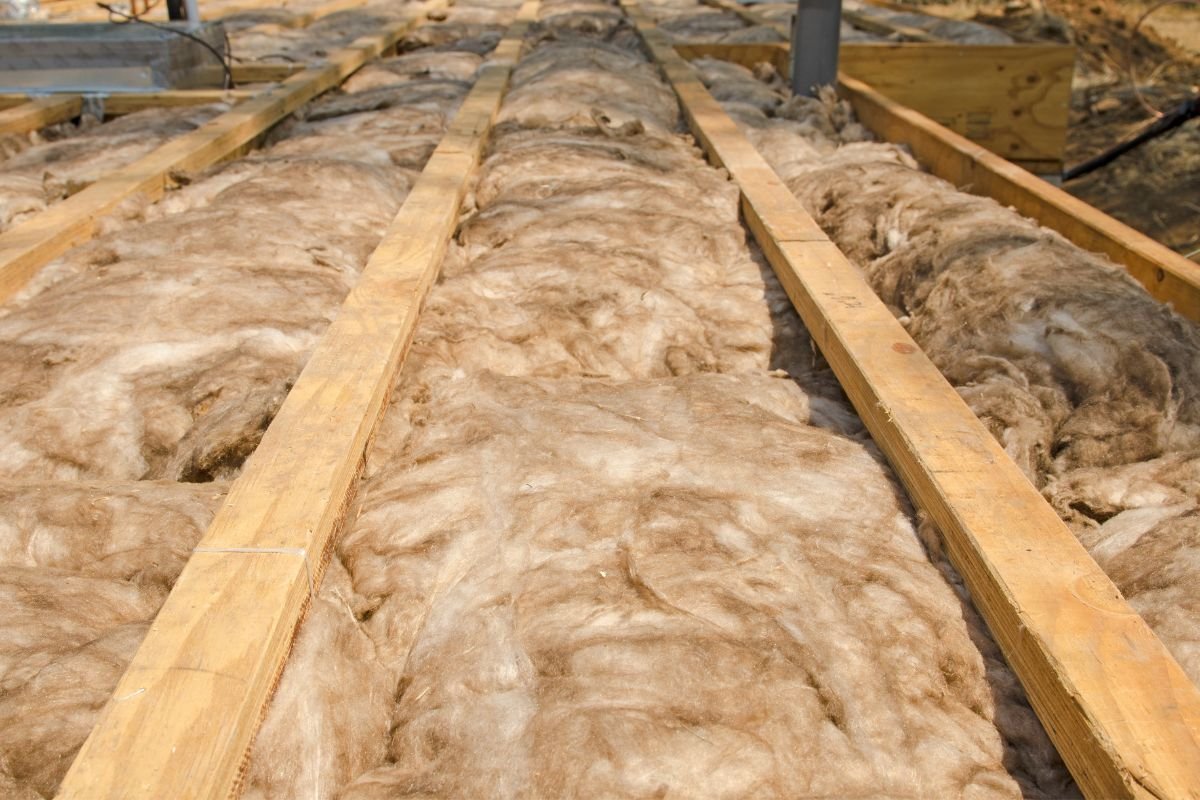



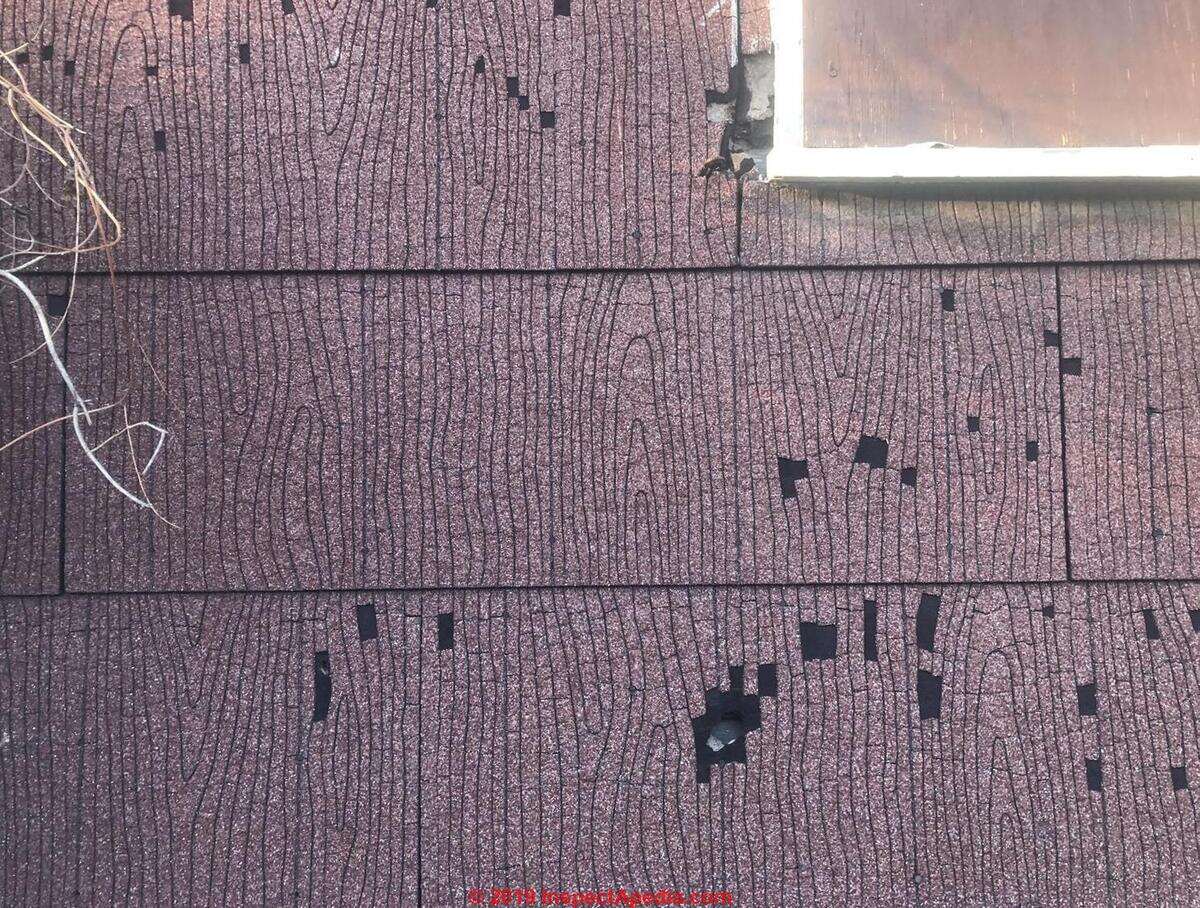
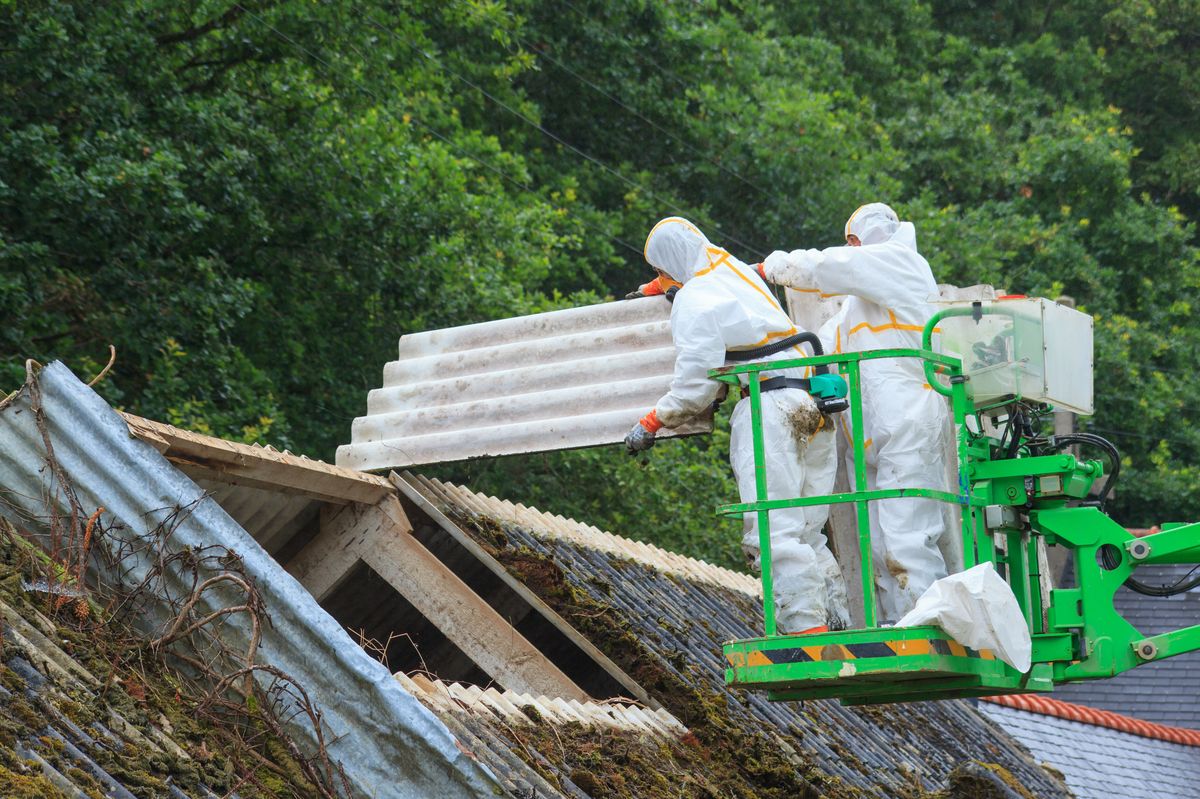
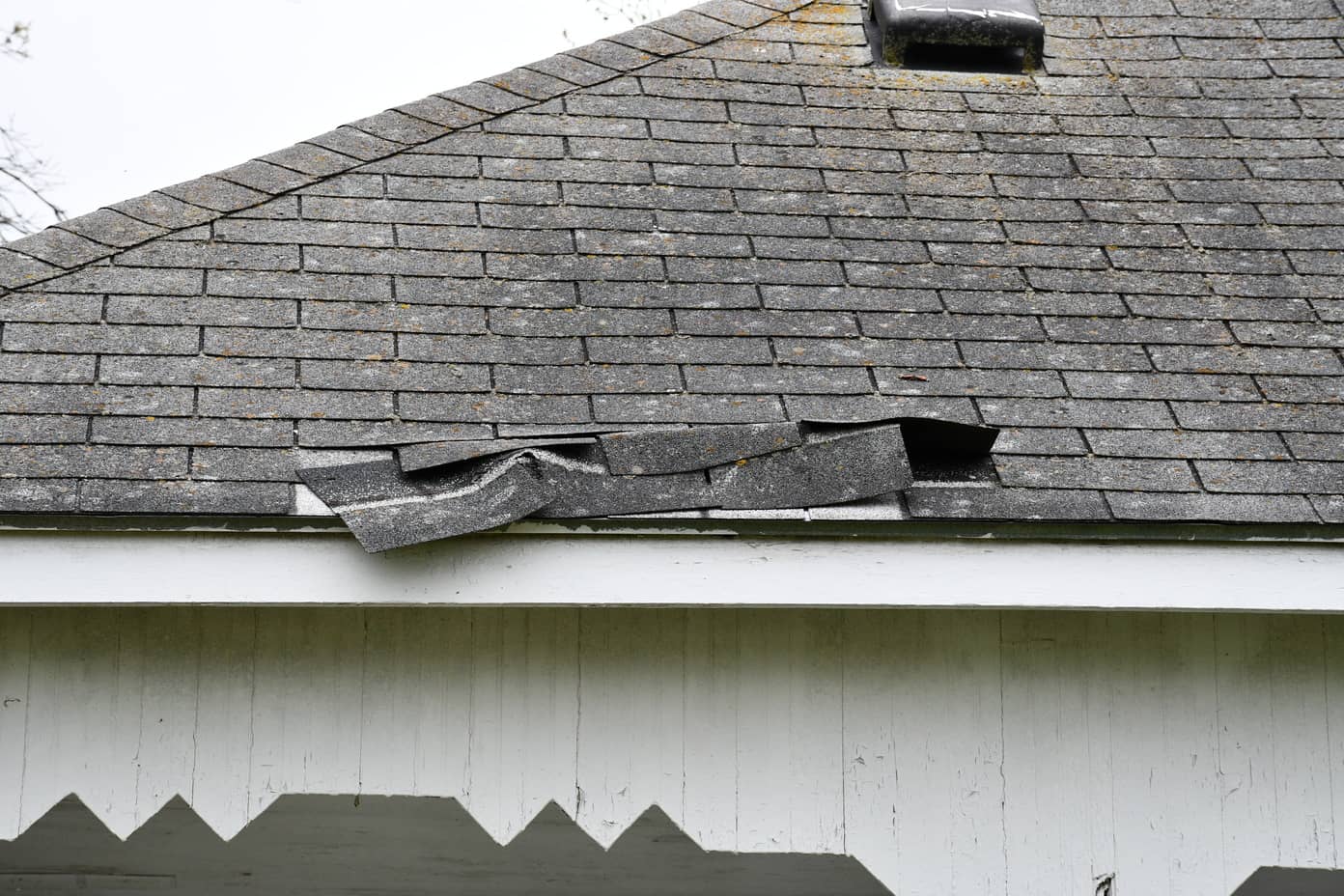
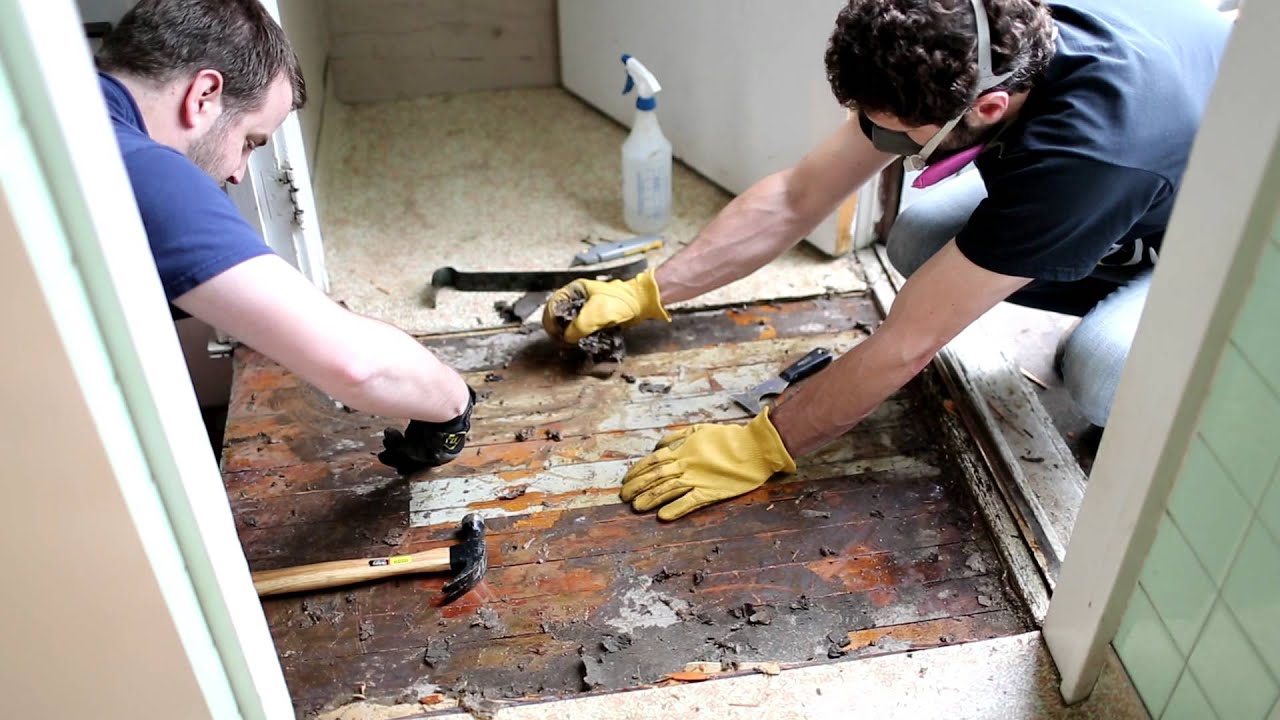
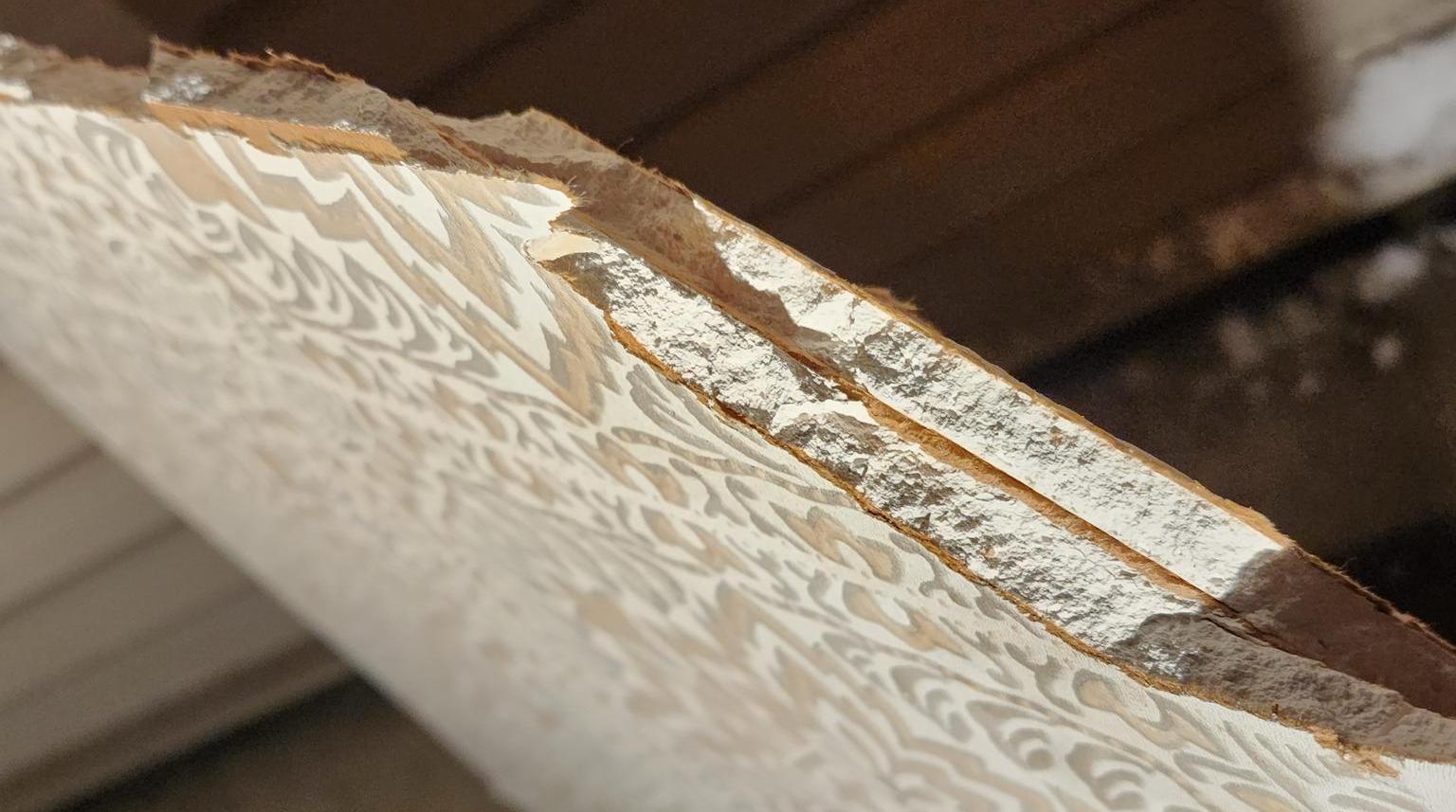
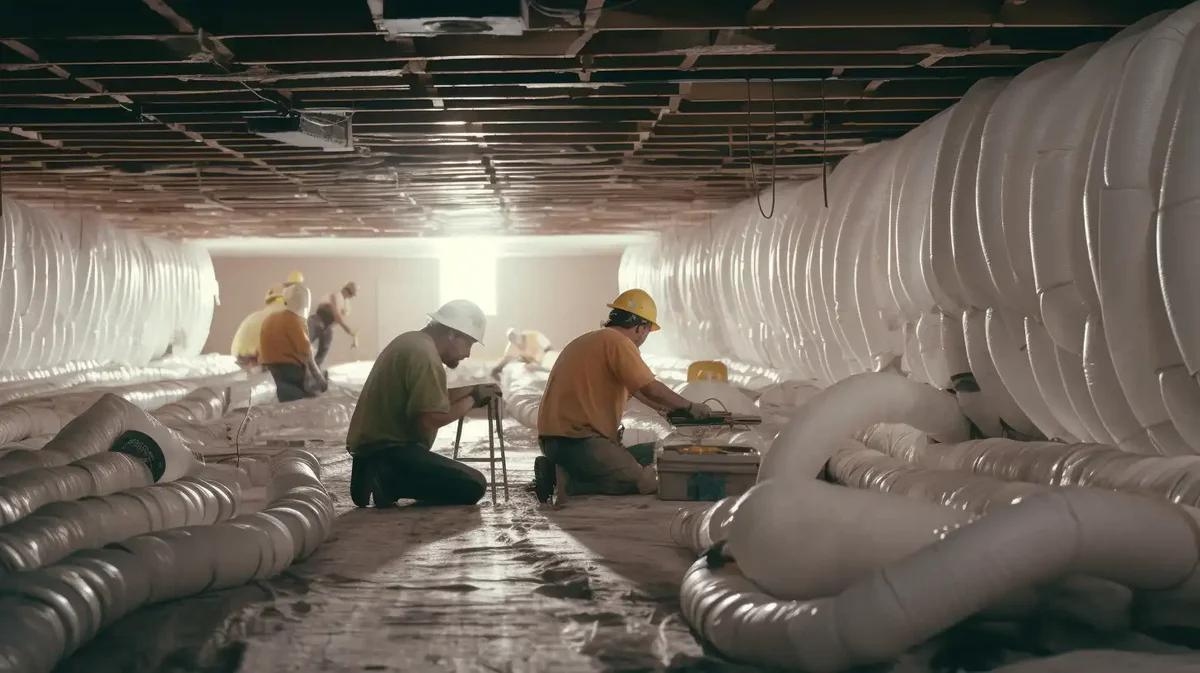

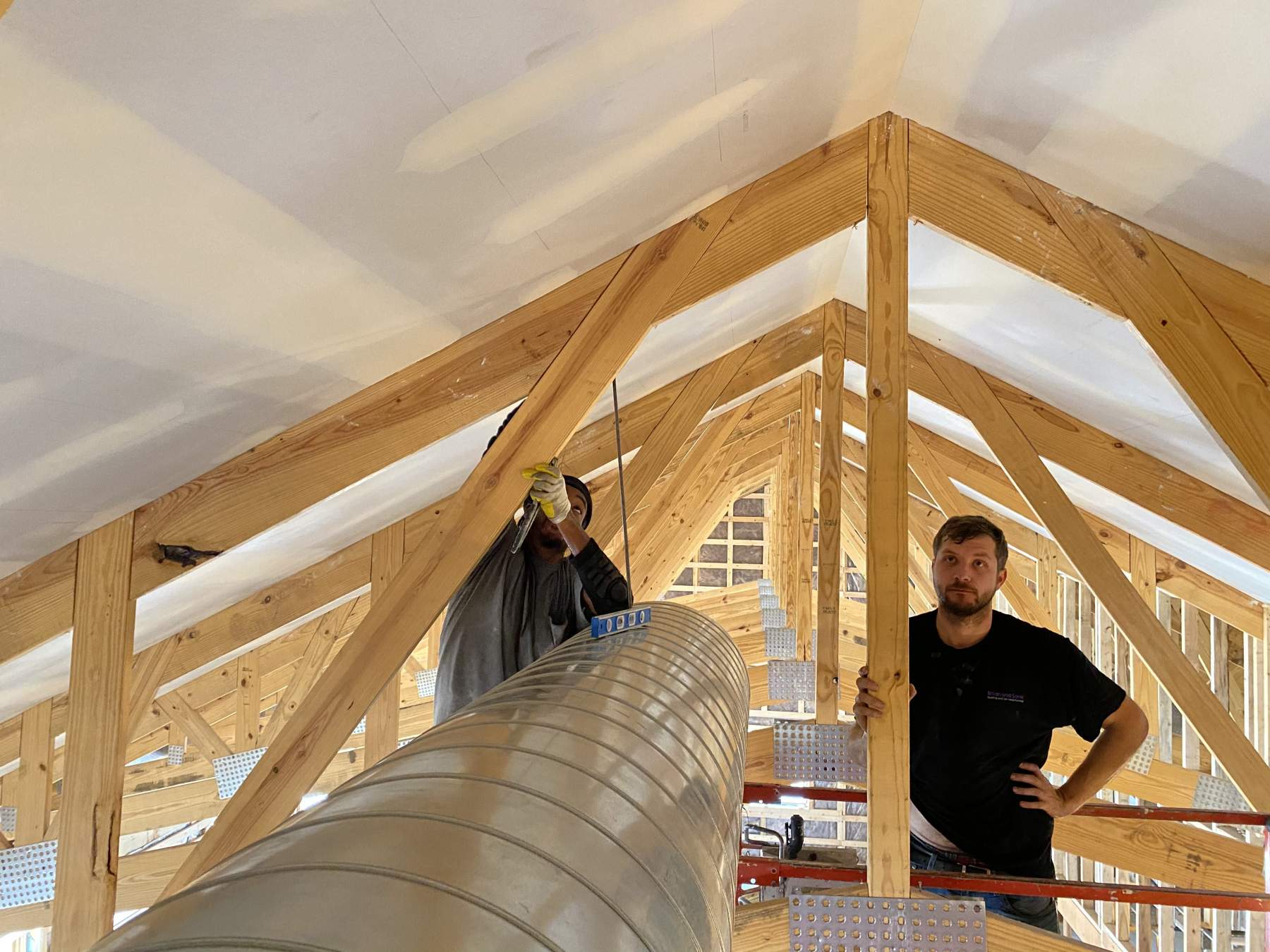
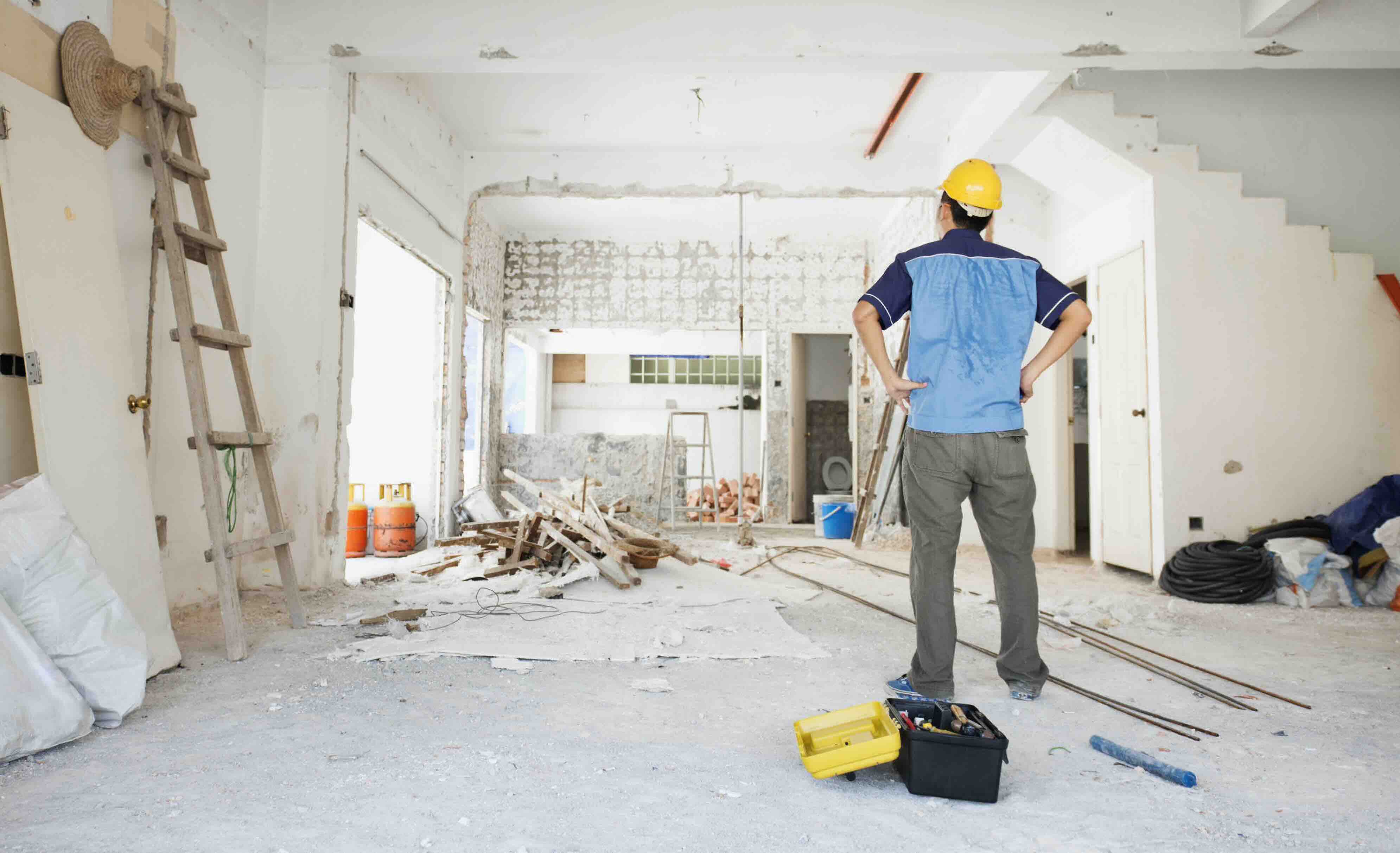
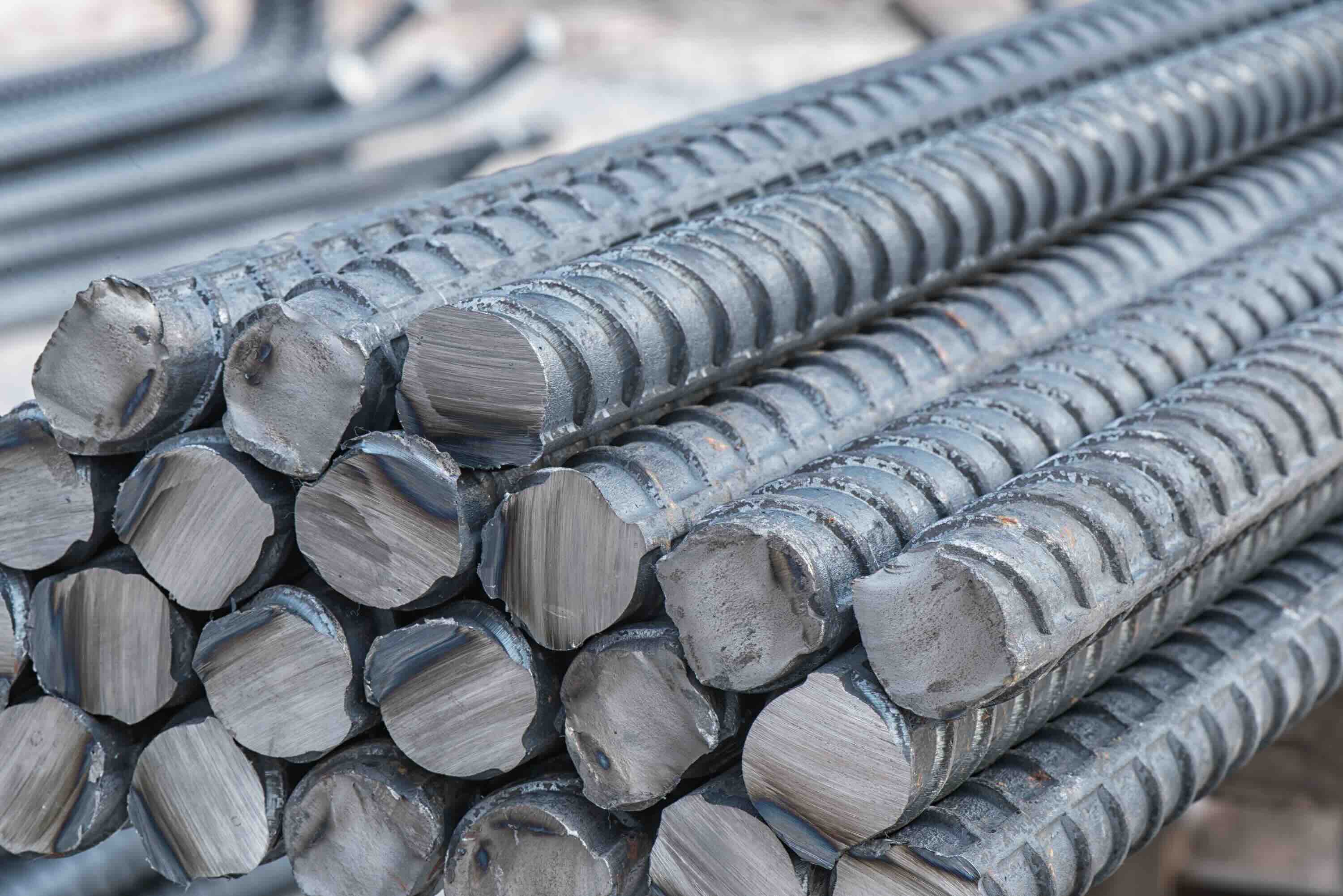

0 thoughts on “When Was Asbestos Banned In Construction Materials”